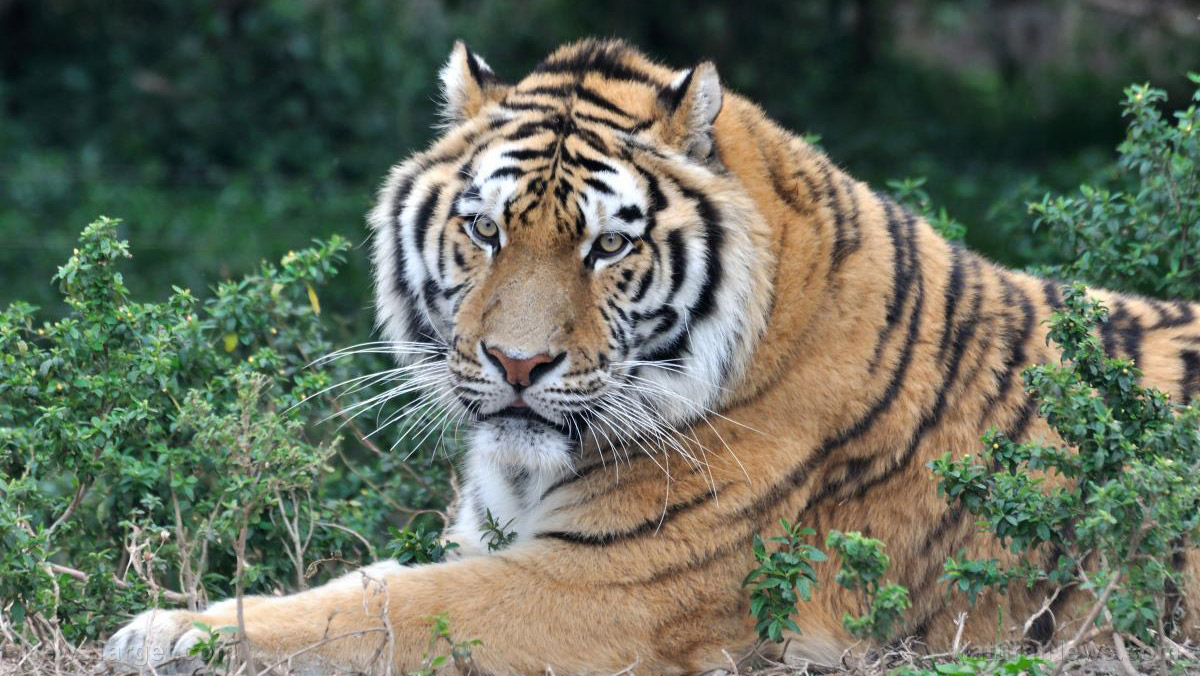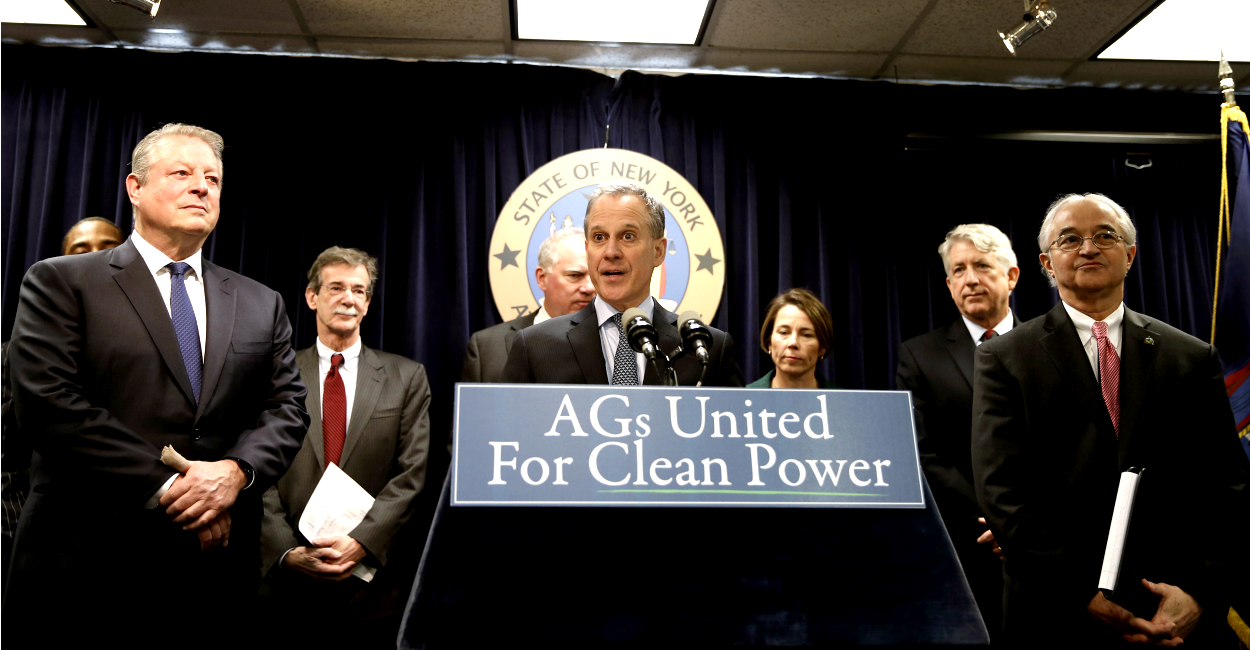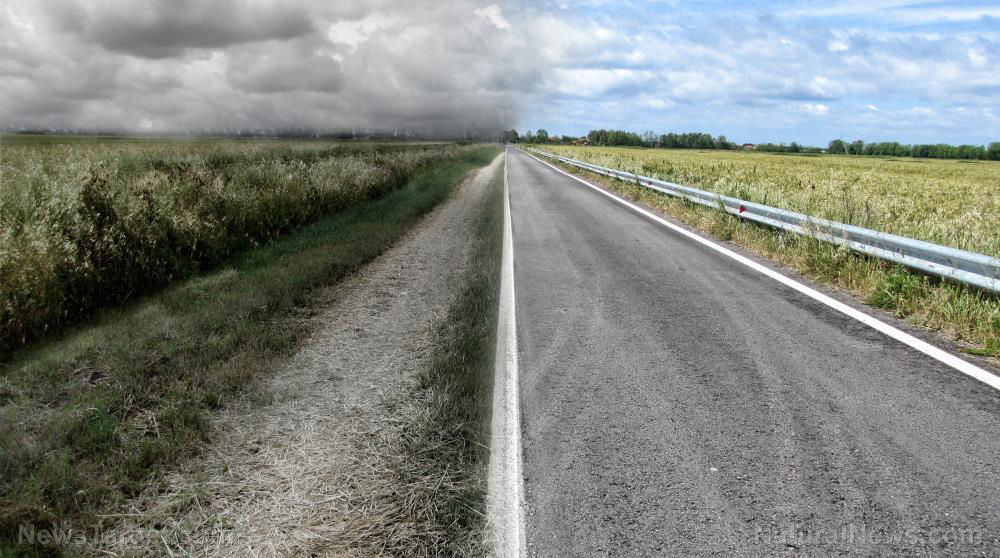Lake Babe in Russia mysteriously disappears
09/02/2021 / By Mary Villareal

Lake Babe in Voronezh region in Russia has suddenly evaporated. The almost perfectly round-shaped natural monument spans almost 157 hectares.
The rapid draining of the lake in Anninsky district baffled and worried residents — according to the villagers, the lake never dried up before, and it is unknown whether or not it will ever fill up again.
Lake Babe is a natural monument and a protected area of the Voronezh region. It is almost perfectly round, indicating that the formation of the lake may have been a crater of non-volcanic origin, possibly from a fall of a meteorite.
In August, moisture deficit and sweltering heat destroyed the lake, with the water almost completely disappearing. Officials are investigating the cause of the disappearance of the water: whether it is due to high temperatures or if cracks and fissures opened up at the bottom of the lake.
In 2020, Lake Chistoe in Tatarstan, Russia, also lost all its water for the first time in 45 years. However, the lake filled up once again when underground aquifers overflowed with water. (Related: Global warming to usher in weather extremes, impacting crops and food supply.)
Why do lakes dry up?
Heat accelerates evaporation and thus intensifies water shortages, pollution, and loss of habitat for birds and fish.
Of all the challenges lakes face, the most important examples are in closed drainage basins where waters flow into the lakes but don’t exit into rivers or seas. These terminal or endorheic lakes tend to be shallow, salty, and sensitive to disturbances.
A combination of overuse and worsening drought have been drying up lakes on nearly every continent, leaving piers that lead to nowhere, rusting ships that settled into the silt, and barren salt flats.
Although intensified droughts and hotter summer temperatures are speeding up lake evaporation, there are other reasons why lakes could dry up, including illegal wells, the proliferation of dams and irrigation projects, and general overexploitation of water.
Expert Lisa Borre, a researcher at the Cary Institute in Millbrook, New York, said that human intervention is the main reason for lakes disappearing. She shared, “Extensive research on the worst of these disasters, including well-documented examples such as the Aral Sea and Lake Urmia, show that the main culprit is diverting water or other mismanagement in the watershed that prevents enough water from reaching the lake.”
She also said that the situation on every lake is unique and thus, requires an understanding of its natural setting and climate to know what is happening to the source of the water that is feeding it and the amount of water leaving through human causes.
Other lakes also experience the natural cycles of drying and flooding, although there can be more variability in more extreme conditions. For instance, more frequent or extreme droughts can create conditions for increased evaporation and less water reaching the lakes.
While lakes don’t seem to be a problem for most people, Borre says everyone should be concerned because lakes provide important ecosystems. Moreover, in extreme cases, there could be toxic dust blowing off dried lake beds, which could create human health problems.
Less fresh water in the lake creates higher salinity, making it inhospitable to fish and wildlife that depend on it for food and water. “‘Many of the most threatened lakes in the world are also important for biodiversity conservation and support migratory birds and diverse fisheries,” she said. She also noted that when a lake dries up, it affects human communities as well, especially those that depend on the lake for food, water, commerce and their way of life.
Read more updates at Science.news.
Sources include:
Tagged Under: climate change, Drought, Ecology, environment, extreme weather, future science, geographic changes, Lake Babe, research, Russia, science
RECENT NEWS & ARTICLES
COPYRIGHT © 2017 ECOLOGY NEWS





















